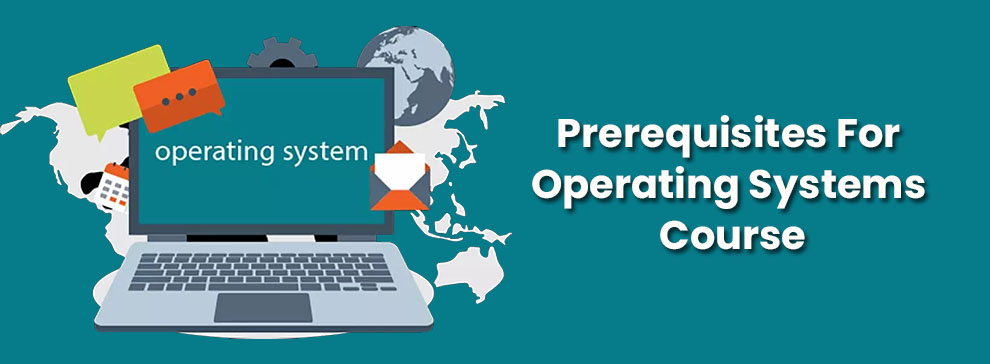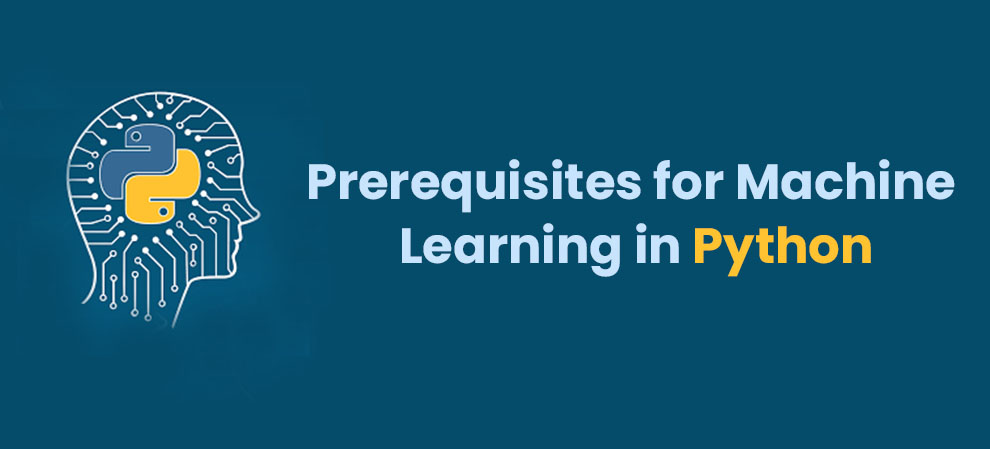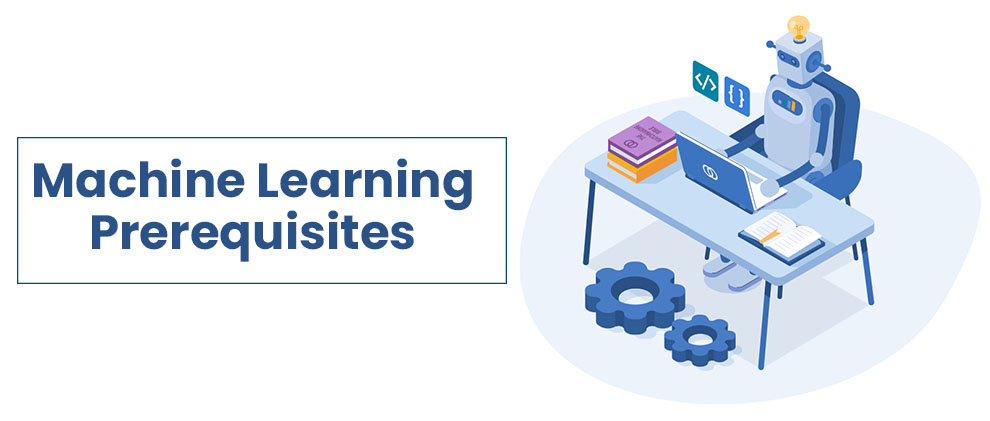Try to have a basic understanding of software, hardware, and programming languages to do well with operating systems course
Operating systems are complicated, so learning them takes a considerable amount of time and effort. However, the rewards for doing so are great, as a strong understanding of operating systems is essential for anyone looking to pursue a career in computer science or software engineering.
But, to be successful at learning operating systems, you need some prerequisite knowledge. This includes having a solid grasp of computer networking, software, and hardware. In order to develop and test software applications that communicate with the operating system, one must also be fluent in a high-level programming language.
This article aims to introduce you to the prerequisites for an operating system course. An understanding of these topics will enable you to learn operating systems better and easy. That being said, let’s get started!
The Basic Prerequisites for Operating Systems Courses
a. Basic Hardware and Software Aspects Of Computer Systems Organization
In order to understand how an operating system works, one must first understand how the computer itself works by learning about computer organization.
Computer organization is about the machine’s architecture on a micro level. It is also referred to as microarchitecture on occasion. The structure and behavior of the various parts that make up a computer system, as well as the interactions between them, are all aspects of computer organization.
The basic software aspects of microarchitecture include the instruction set, the microcode, the control unit, and the ALU.
The basic hardware aspects of microarchitecture include the hardware components, data path, the registers, and the memory. Knowing these basic aspects of computer organization is essential for learning operating systems because an operating system basically combines the software and hardware aspects.
Computer organization encompasses the design of the hardware and software components of a computer system and how they work together. This is why the knowledge of the basic hardware and software aspects of computer organization is necessary before one can begin learning about Operating Systems.
b. Programming Skills (Knowledge of C)
Basics of Coding is necessary to learn Operating Systems because it is the language that Operating Systems are written in. By understanding how Operating Systems are coded, students can develop a better understanding of how they work and how to troubleshoot them when something goes wrong.
C is a middle-level language that gives the programmer more control over the system and combines the functionalities of both high as well as low-level languages.
For this reason, the C programming language can be used for scripting drivers and kernels (which is the functionality of low-level languages) as well as scripting for software applications (which is usually done using high-level coding languages).
This allows for a greater understanding of how the system works and how to optimize code for performance. It has a very fast execution time and therefore is chosen for most software requirements.
Although the knowledge of C is the best for learning about Operating Systems, other languages like C++ and Python can also be used to code Operating Systems.
c. Elementary Data Structures and Algorithms (DSA)
A data structure is a method of organizing data in order for it to be used efficiently. Algorithms are a collection of instructions for carrying out a task. A data structure is a means of organizing data so that an algorithm can work on it efficiently, and an algorithm is a collection of instructions for using a data structure.
There are several data structures and algorithms, which can be grouped into two major categories: static and dynamic. Static data structures and algorithms can be evaluated and understood without knowing the unique input data.
Dynamic data structures and algorithms, on the other hand, are determined by the input data. Knowledge of data structures and algorithms are the foundation of operating systems. They allow us to understand how operating systems work and how to design efficient and reliable systems.
It also helps us understand the different kinds of operating systems and how they function. Basic knowledge of DSA will help you understand the workflow of any operating system. Therefore, in order to learn Operating Systems, one must be aware of simple Data Structures and Algorithms.
However, if your aim is to design and/or develop an Operating System of your own someday, then in-depth knowledge of Data Structures and Algorithms is non-negotiable.
d. Knowledge of Computer Architecture
The term computer architecture refers to the overall design of a computer system. It encompasses the hardware, software, and networking components that make up a system, as well as the interfaces that allow communication between these components.
A computer system is essentially a device that automates challenging operations. It should increase efficiency while lowering expenses and electricity usage. The many parts of the computer system architecture include the control unit, storage unit, arithmetic logic unit, an input unit, and output unit.
The input unit sends the raw data to the ALU. The computed data then moves from the ALU to the output unit in a similar way. Data is continuously transferred from the storage unit to the ALU and back. This is so that saved data can be calculated before being stored once more.
All other units and their data are under the supervision of the control unit. One of the main purposes of an Operating System is to provide an interface between the user and the computer hardware. In order to do this effectively, the Operating System must have a good understanding of the computer architecture.
e. Experience with Assembly Language
Another one of the important prerequisites for operating systems courses is the knowledge of assembly languages. Assembly language is a low-level programming language that is used to program computers. Assembly language is extremely similar to machine code, which is the code required to execute a computer program.
Assembly language is used to create programs that are extremely tailored to a specific type of computer. For example, the Intel x86 family of processors has a distinct assembly language from the ARM family of processors.
Assembly language is difficult to read and write because it is not portable between processor types. However, it can be very efficient and can be used to write programs that are very close to the metal, meaning that they can take full advantage of a processor’s capabilities.
Assembly language is often used when developing operating systems because it is very easy to interface with hardware when using assembly language. Additionally, assembly language can be used to optimize code for specific hardware architectures.
f. Knowledge of Embedded Systems
Embedded systems are widely used in all types of operating systems. In general, an embedded system is a computer system that performs a specific purpose within a broader mechanical or electrical system, frequently with real-time processing requirements.
It is often incorporated as part of a larger device that includes hardware and mechanical components. Many items in regular usage today are controlled by embedded systems.
Some common examples of everyday devices that operate with the help of embedded systems are elevators, calculators, ATMs, Coffee Machines, Televisions, and so on.
Embedded systems are used in a wide variety of devices, from cell phones to automobiles. Many of these devices need to have an operating system in order to function properly. By learning about embedded systems, students can gain the skills necessary to build these types of operating systems.
g. Differences Between RAM and ROM
RAM and ROM are storage components of a computer which determine its rate of computing. While learning about operating systems, knowing about the storage components and computing capacity of a machine is essential.
As clear from its name Random Access Memory, it is the type of computer memory that can be accessed randomly, meaning that any piece of data can be returned in a constant amount of time. RAM is the most common type of memory found in computers and other electronic devices, such as printers.
ROM stands for non-volatile read-only memory. Computers and other electronic gadgets make use of it. The majority of the time, firmware (software that is closely related to particular hardware and unlikely to require regular updates) or application programs that boot the device are stored in ROM since ROM data can only be edited slowly, difficultly, or not at all.
There are several key differences between RAM and ROM that students need to know in order to learn Operating Systems. They are:
- RAM is volatile memory, meaning it requires power to maintain its data, whereas ROM is non-volatile, meaning it does not require power to maintain its data.
- RAM can be written to and erased, whereas ROM is read-only.
- RAM is faster than ROM.
To Sum Up…
We have learned about the various prerequisites for operating systems courses above. It is important for readers to note that not all of these prerequisites are mandatory. Some of the prerequisites that are mentioned are just good to have knowledge like the understanding of Embedded Systems, Understanding of Data Structures and Algorithms, or the differences between RAM and ROM.
However, some of the mandatory requirements for learning Operating Systems include knowledge of Computer Architecture and Organization, knowing how to code in C or any other programming language, and experience with Assembly language.
This article not only tells you about the various prerequisites but also breaks down the reasons as to why those prerequisites are necessary and how they actually help you in learning about Operating Systems.
We hope that you found this useful in your journey of learning Operating Systems in depth.





